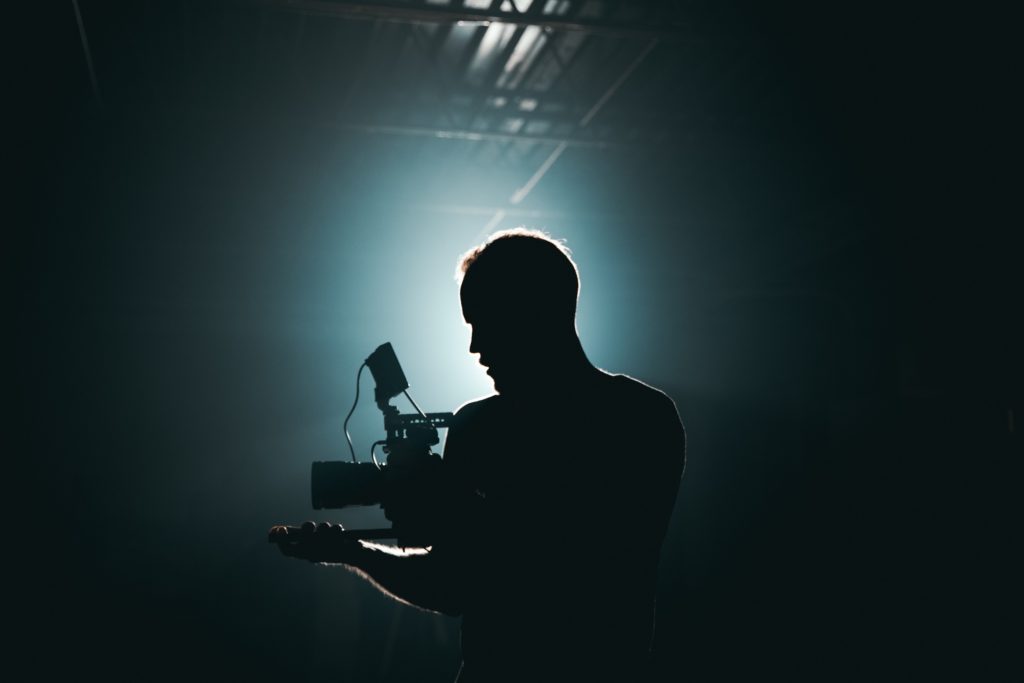How to Turn a Day Shot into Night
Achieving the appearance of night, during the day, can be challenging for sure, but it’s also important. Why? Because using the actual night to film your scenes could backfire in several ways while wreaking havoc on your post-production team as they attempt to color balance shots that are captured under different conditions from one night to the next. For this reason, and many others, it’s important to learn how to turn a day shot into night so that you can achieve the desired look for your film.

But how?
What is Shooting Day for Night?
The term “shooting day for night” is commonly used in filmmaking to describe the literal process of shooting during the day with the sole intention of altering the shots so that the footage will appear as if it was shot at night.
While you might just wonder, “why not just shoot at night?” If you know anything about continuity and color, then you know that the moonlight and the colors of the sky at night are NOT the same from one night to the next (or even from one hour to the next).
And that’s definitely enough to create a lot of frustration for your editor if you were to just shoot your shots at night.
How to Turn a Day Shot into Night
While there’s no exact science to this method, there are several options available to achieve the desired look. If you’re looking for ways to achieve day for night shots, you might just need to use your imagination a bit more than you normally would on the set.
Consider all of the following options to achieve the look of night even when you’re shooting during the day”:
- Use Backlight on Your Subject – position your subjects so that they have their backs to the sun and then use backlighting to outline them creating a moonlight look that will be more prominent after color grading.
- Capture Golden Hour Shots – filming during golden hour allows you to take advantage of the flattering light of that time and your camera will easily pick up on practical lighting that comes from streetlights, headlights, and other forms of lighting outside.
- Use the Sky Sparingly – certainly don’t film the sky if the sun is above, but know that there are times where it’s okay to film the sky, particularly during blue hour or on heavily overcast days.
Color Grading Day Shots Into Night
Now that you know a little bit about how to turn a day shot into night, let’s take a look at a few more options that you’ll have in your arsenal – color grading day shots into night!
You’ll want to make sure to follow the following steps to ensure your color grading is on peak:
- Adjust exposure to bring highlights down before you dive further into color grading.
- Adjust color and saturation to push the blue/magenta so that its in the highlights and shadows to desaturate the image.
- Use gradient power windows to reduce exposure in any visible sky.
- Combat overflow of one power window effect to reduce any impact on undesired areas.
- Dial in your colors to keep the detail on the talent and reduce detail in your background.
- Create film emulation to balance out any issues in your color or exposure and bring it all together.
Now that you know how to turn a day shot into night, where will you use this in your next project?

